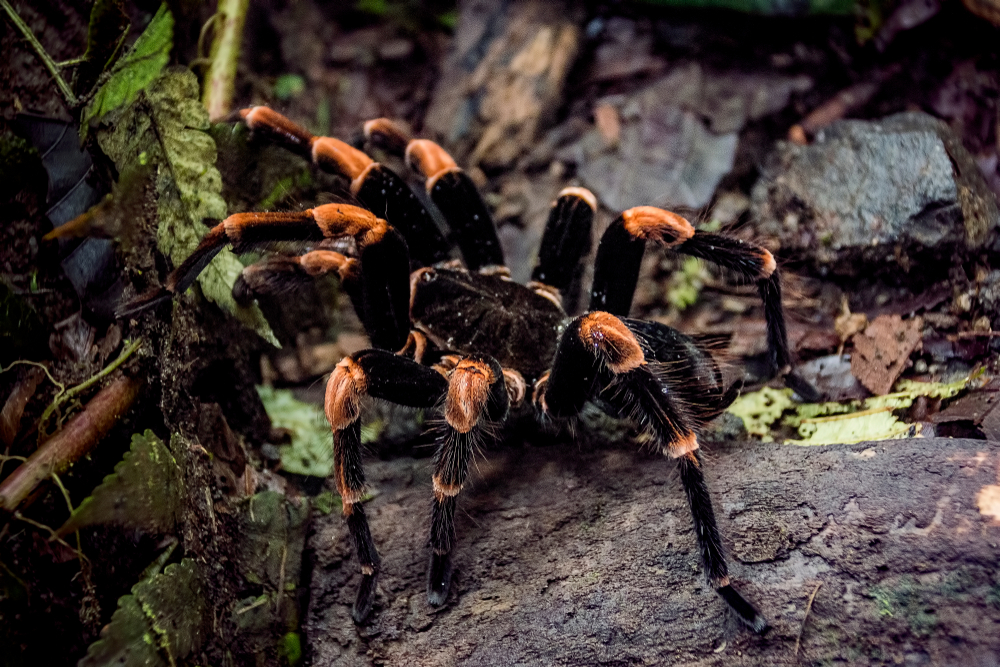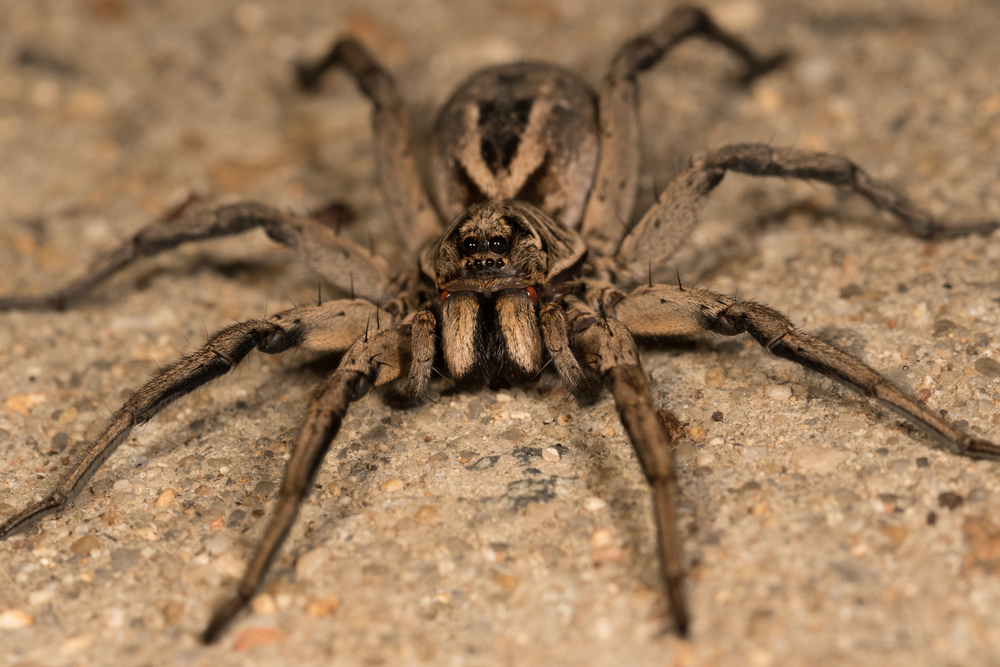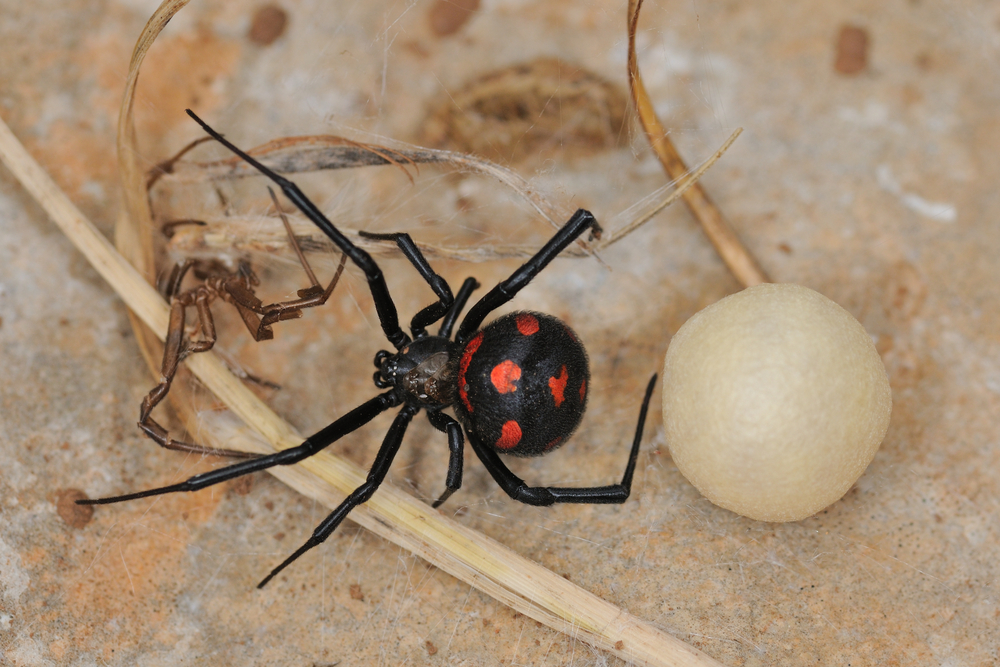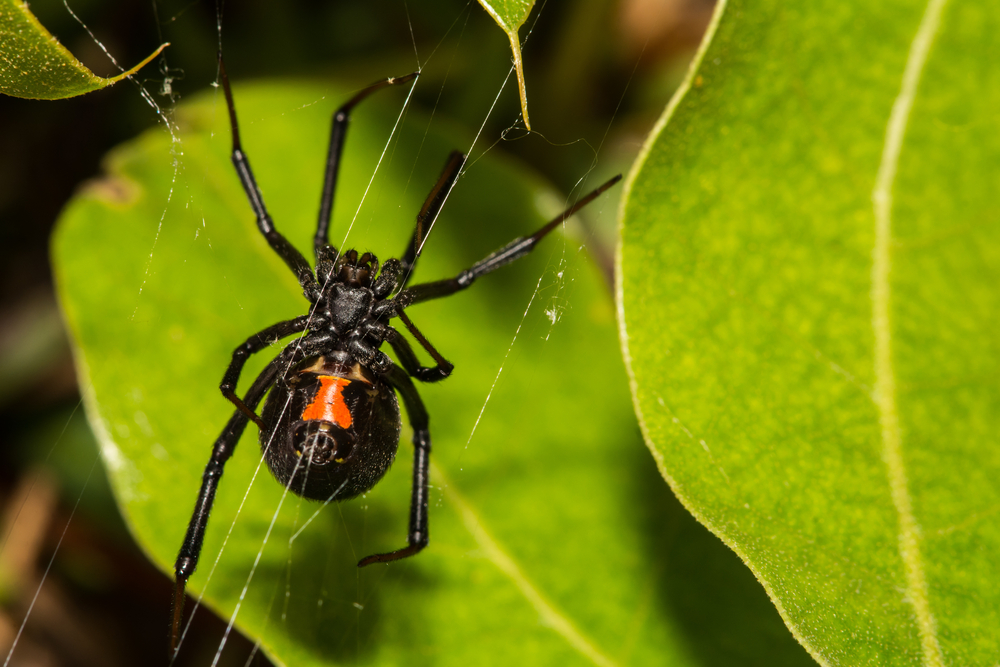Black widow spiders are venomous, not poisonous. The distinction is important: venomous animals deliver venom into another organism actively, typically through a bite or sting, while poisonous organisms release or contain toxins that can be harmful when touched or ingested.
Black widow spiders have venom glands and inject venom through their fangs when they bite. The venom of a black widow contains neurotoxins, which can cause severe symptoms in humans and other mammals. While a black widow’s bite can be very painful and cause significant discomfort, it is rarely fatal to healthy adults, thanks to advances in medical treatment and the relative rarity of severe reactions. The symptoms from a black widow spider bite can include muscle pain and spasms, abdominal cramps, tremors, and sweating.
Despite their potent venom, black widow spiders are generally not aggressive and tend to bite only in self-defense, such as when they are accidentally pressed against human skin. It’s always wise to be cautious and respectful around black widow spiders or any other venomous creatures.











































































